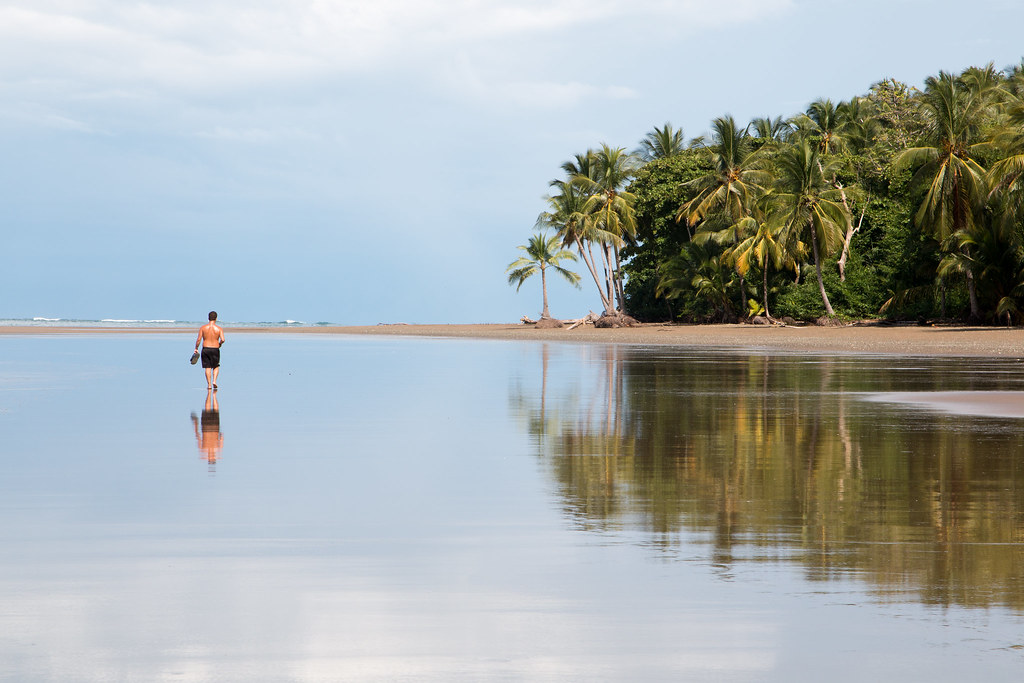Varied but inviting, the climate of Costa Rica makes for an ideal escape.
It’s tropical
The climate of Costa Rica is tropical year round. Temperatures remain relatively constant throughout the year, and the seasons are indicated by the level of precipitation.
Both temperature and rainfall vary by elevation, however. The mountainous regions receive cooler temperatures and more precipitation, while the coastal areas are warmer and can be more humid, but with less rainfall.
Two seasons, not four
There are two main seasons in the climate of Costa Rica – a dry season and a rainy season. You may see the dry season also referred to as “high season” and rainy season referred to as “green season.” Just remember that high season equals HIGHer prices. (It costs more for most just about everything at this time.) The “more desirable” climate of Costa Rica during this time is what brings in the travelers. It’s the busiest time of year for tourism.
The dry season runs from December to May and is referred by the locals as verano, or summer. For the most part the days are dry, warm, and sunny but in January and February the winds start whipping up. It’s a bit cooler during these months.

Misty weather in the hills of Costa Rica. Click to enlarge.
Rainy season, from June to late November, is also known as invierno or winter. (“Winter” is a loose approximation of the word here in Costa Rica!) We got married in August, so our honeymoon happened to coincide with the green season. As it turns out, August is one of the drier months of the season. We didn’t encounter much rainfall until we got up into the mountains and the cloud forest. It rains quite a bit more on the Caribbean coast than it does on the Pacific.
Off-season bonus: it’s cheaper
Traveling during the rainy season worked well for us, however, as room rates were reduced quite a bit (by 30% or more) and in general everything was cheaper. We had no problems booking the tours we wanted, and none of our destinations ever felt overrun by tourists. Sure, the climate of Costa Rica was wetter at the time, but the temperatures were cooler!
Uncrowded
The tour package we chose had us motoring around the country in a 4×4 and booking rooms as we decided where we wanted to go. Not everyone likes to fly by the seat of their pants, but it was a lot of fun and let us pick and choose what we wanted to do when we wanted to it.
We had little problems finding available hotels in August. I’m not sure how feasible this would be during the high season.
In a nutshell
You’ll find San José and the Central Valley to be the most comfortable throughout the year. The mean temperature annually is 72 °F (22 °C).
Down by the coasts the temperatures are usually +10°F (+5-6 °C) warmer. And way more humid.
Being less than 10 degrees away from the equator, there’s a good, solid 12 hours of daylight throughout the year. Daybreak is 5 – 5:30 am and sunset is around 6 pm. So wake up early and take in as much as you can before relaxing in the evening. (Or do a rain forest night tour!)